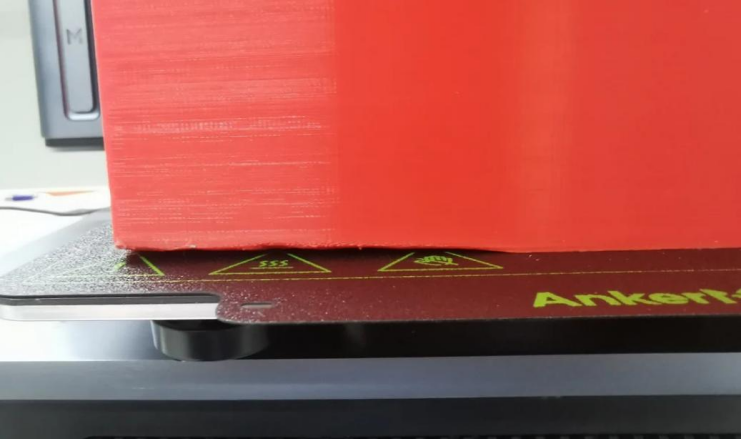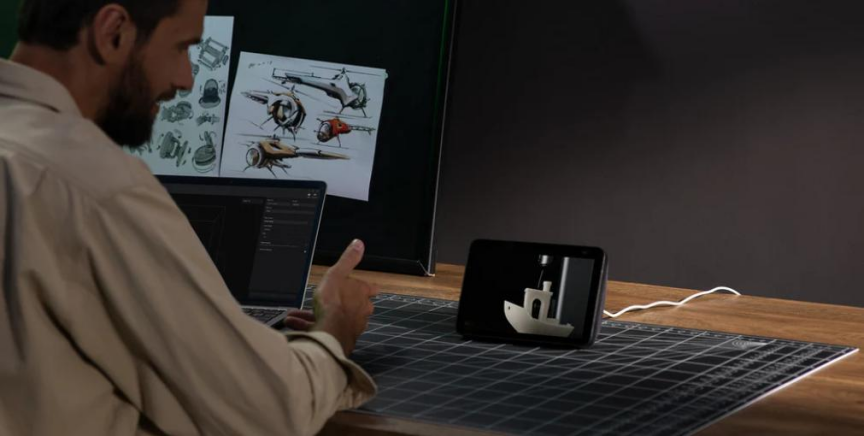Warping is a frustrating issue that many 3D printing enthusiasts encounter. It occurs when the corners or edges of a print lift and detach from the print bed, resulting in a distorted final product. Warping can cause your prints to not only look unprofessional but also lose their mechanical integrity. Understanding the root causes and learning how to prevent and fix the 3d printing problems can greatly enhance your 3D printing experience.
What Causes Warping in 3D Printing?
There are several factors that can contribute to warping in 3D prints. By identifying these causes, you can take steps to prevent this issue from occurring in your future prints.
Material-Related Causes
Different filament materials have varying properties and behaviors during the printing process. Some materials like ABS and Nylon are more prone to warping due to their higher shrinkage rates when cooling. These materials tend to contract significantly as they solidify, pulling the corners and edges upwards, leading to warping.

Printer Settings and Calibration Issues
Incorrect printer settings, such as the wrong bed temperature or inadequate bed adhesion, can also cause warping. Ensuring that your print bed is level and that the initial layer is properly adhered to the bed is crucial for preventing warping. Also, cooling fans set too high can cause uneven cooling, contributing to warping.
Environmental Factors
The environment in which you are printing can significantly impact the results. Drafts or cold rooms can cause the filament to cool too quickly, leading to uneven contraction and warping. Proper temperature control and maintaining a consistent environment are key to reducing this issue.
How to Identify Warping Early in Your Prints?
Detecting warping early on can save you time, filament, and frustration. By recognizing the signs and common failures associated with warping, you can intervene and adjust settings before the print is ruined.
Visual Signs of Warping
One of the most obvious signs of warping is when the corners or edges of the print begin to lift off the print bed, creating the appearance of peeling. Another indicator is deformed or uneven layers near the base of the print, which often signals issues with adhesion or temperature control, leading to warping. Addressing these issues early can help prevent further printing failures.
Common Print Failures Due to Warping
Warping can lead to issues like layer misalignment and separation, compromising the print's structural integrity. This not only weakens its functionality but also detracts from its appearance. Detecting warping early allows you to make necessary adjustments to your settings, preventing further issues and saving your print from failure. Proper monitoring and proactive measures can help ensure a smooth and successful 3D printing process.
How to Fix Warping in 3D Printing?
If you notice warping during your print, there are several steps you can take to fix the issue and improve the quality of your print.
Adjusting Print Settings
Review your print settings to ensure they’re optimized for the material you’re using. Adjust the bed temperature based on the filament manufacturer’s guidelines. Additionally, lowering the cooling fan speed can help by promoting more consistent cooling, reducing the chances of warping or layer shifting. Fine-tuning these settings will improve the overall quality and success of your 3D print.
Using Heated Bed and Adhesion Aids
A heated bed helps maintain print warmth and reduces shrinkage, improving adhesion. Additionally, using adhesion aids like glue sticks, hairspray, or specialized 3D printing adhesives can enhance bed grip, preventing the print’s corners from lifting. These simple tools can ensure a smoother printing process and better print quality, especially for materials prone to warping during the printing stage.
Correcting Environmental Issues
To control the printing environment, reduce drafts and maintain a consistent temperature. Using an enclosed build chamber helps create a stable atmosphere, which minimizes fluctuations and improves print quality. This setup not only protects the print from temperature variations but also reduces the chances of warping, ensuring more reliable results. A controlled environment is key to achieving high-quality 3D prints with consistent outcomes.

Tips to Prevent Warping in 3D Printing
Preventing warping from occurring in the first place is always the best approach. Here are some expert tips to help you avoid this issue.
Choosing the Right Filament
Choose materials that are less prone to warping, such as PLA and PETG. These filaments have lower shrinkage rates and offer excellent bed adhesion, making them ideal for preventing warping during 3D printing. Using these materials can result in smoother prints and reduce the need for additional adjustments, ensuring better overall print quality and fewer printing issues.
Optimizing Bed Temperature and Calibration
Always preheat your bed to the recommended temperature and ensure it is properly leveled. A well-calibrated 3D printer significantly improves the adhesion of the first layer, reducing the risk of layer shifting and print failure. Proper calibration ensures a solid foundation for your print, leading to better results and smoother printing experiences overall.
Using Enclosures and Proper Ventilation
Enclosures play a crucial role in maintaining a stable temperature around the print, minimizing the risk of warping caused by environmental changes. Additionally, proper ventilation within the enclosure helps maintain consistent airflow, preventing temperature fluctuations. This balanced environment reduces the likelihood of warping, ensuring better print quality and more reliable results, especially for temperature-sensitive materials.
Conclusion
Warping in 3D printing can be a challenge, but with the right knowledge and techniques, it is a problem that can be managed effectively. By understanding the causes, identifying early signs, and applying suitable fixes, you can significantly reduce the occurrence of warping in your prints. Remember to always choose the right filament, optimize your print settings, and control your printing environment for the best results. Happy printing!
